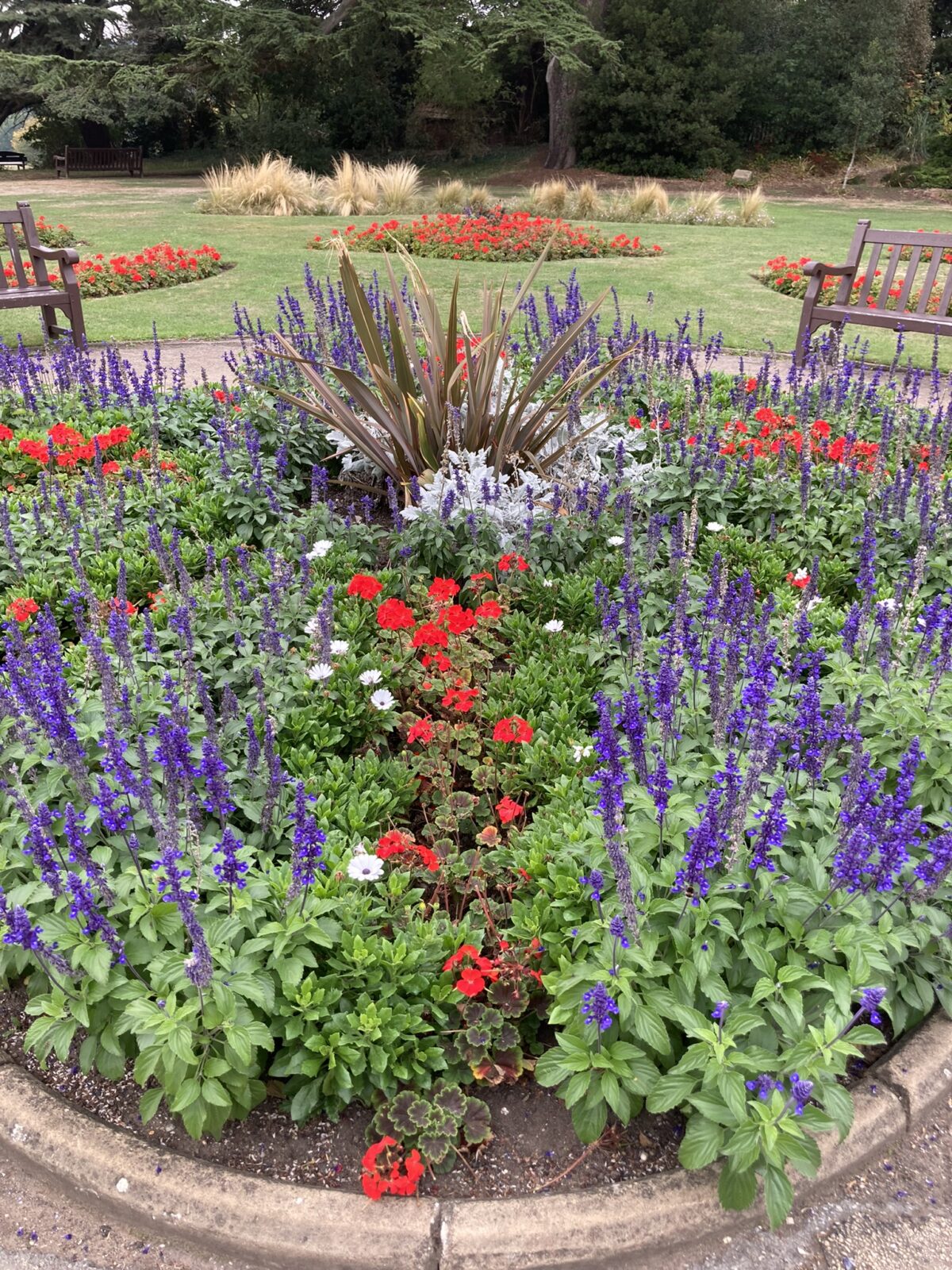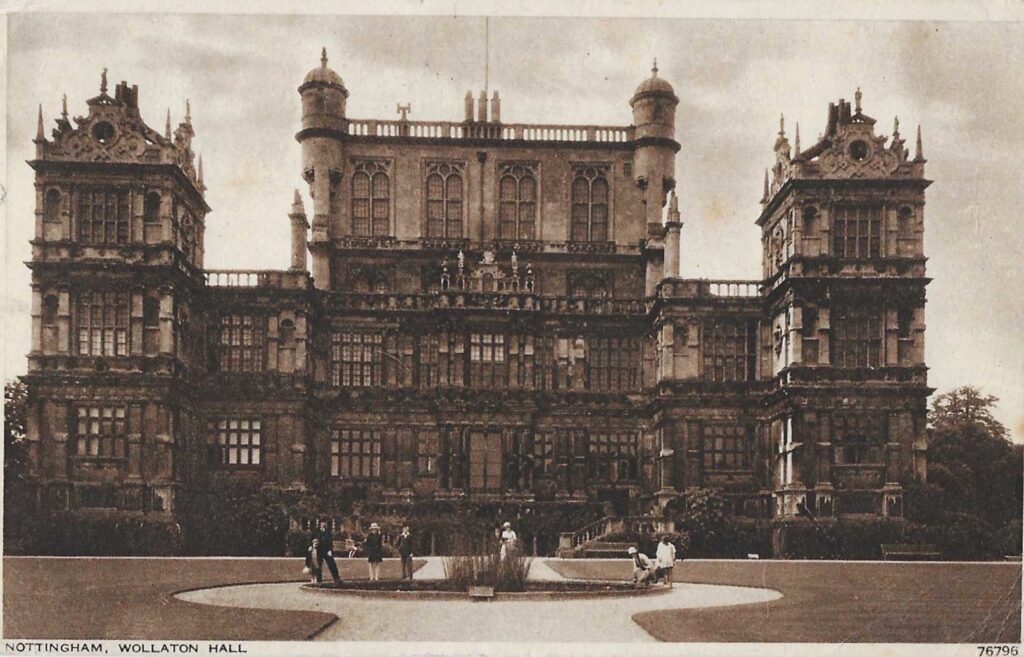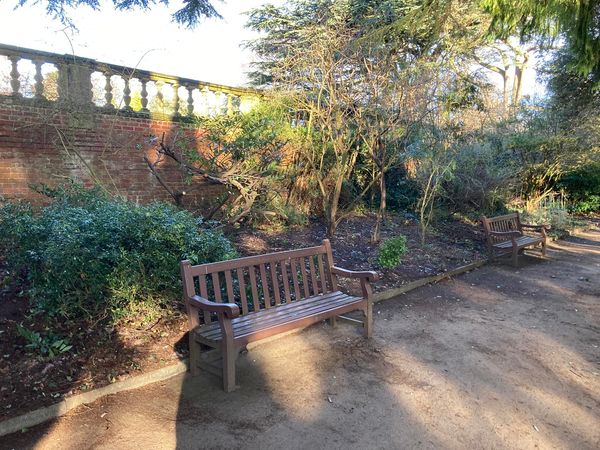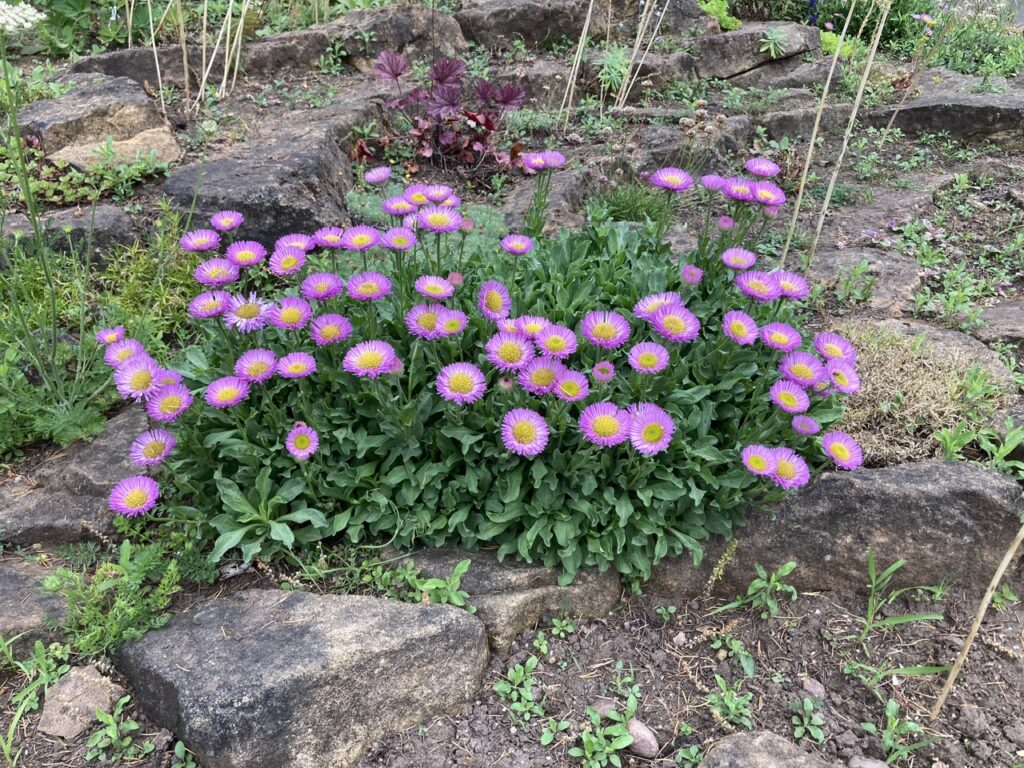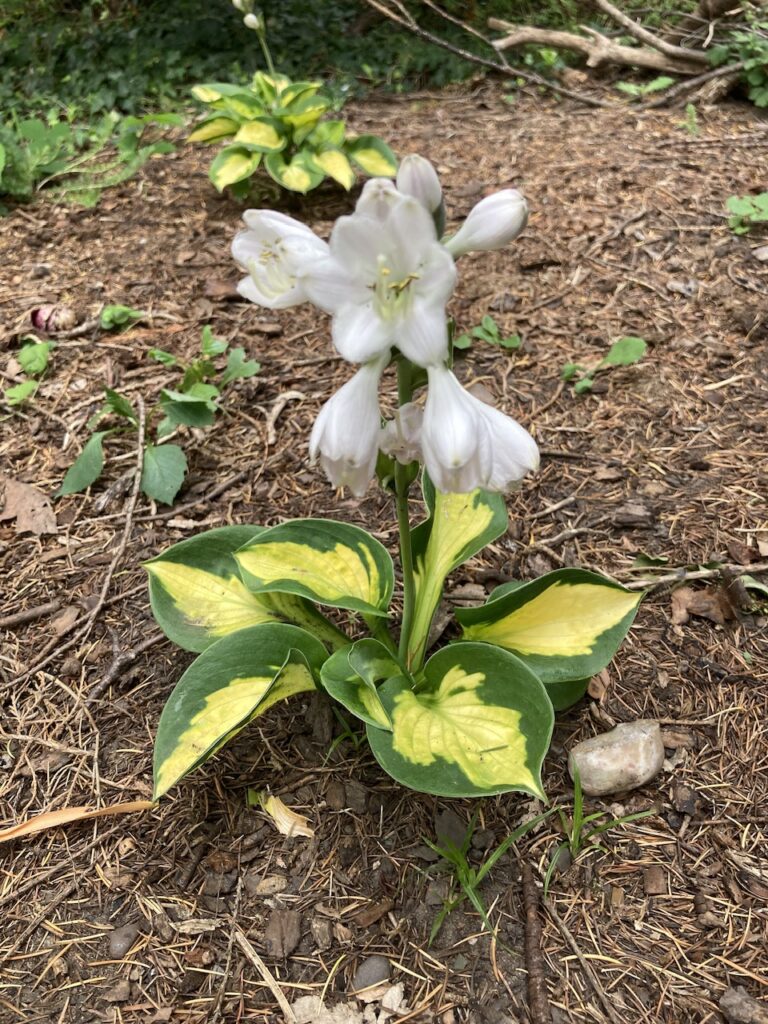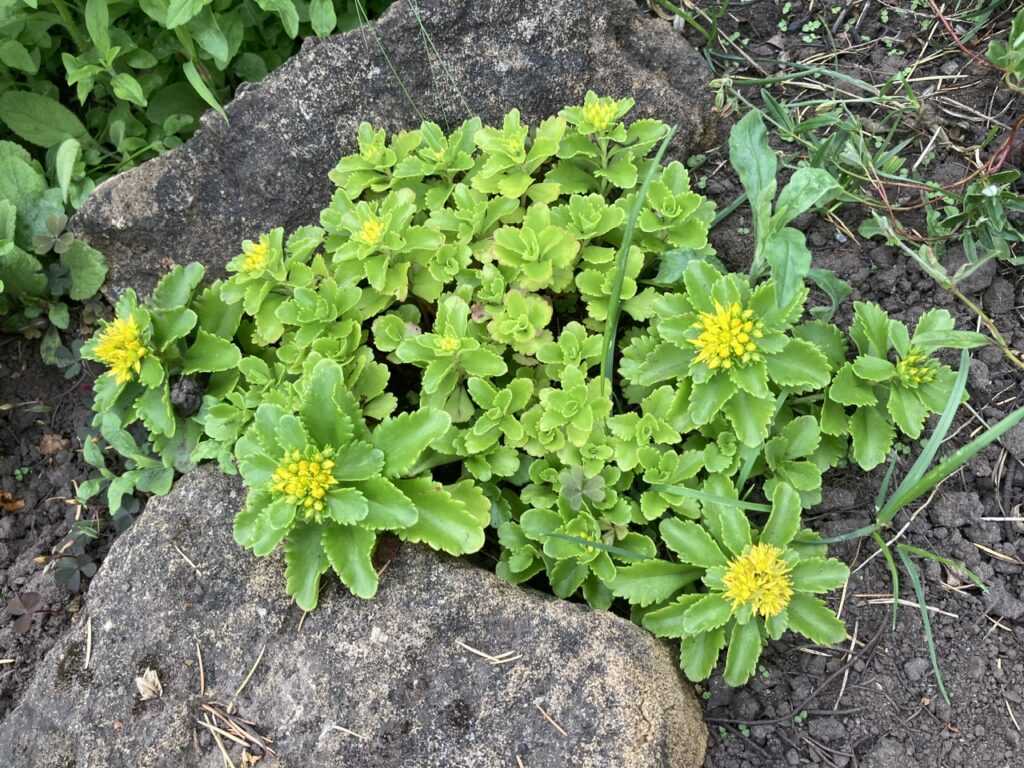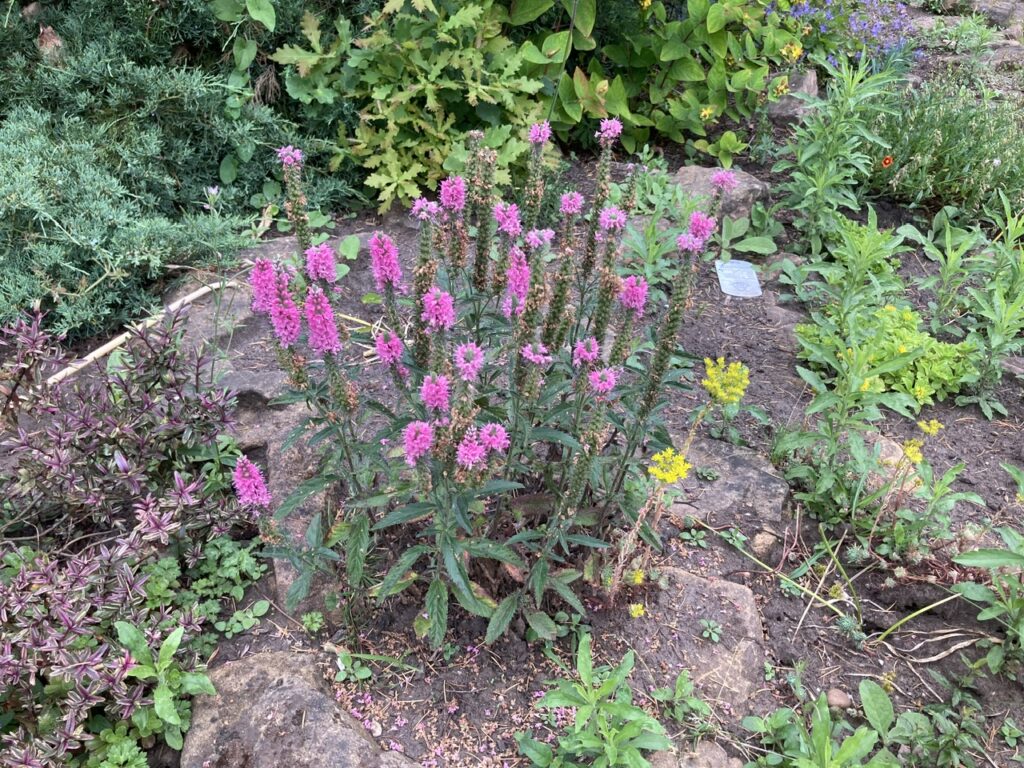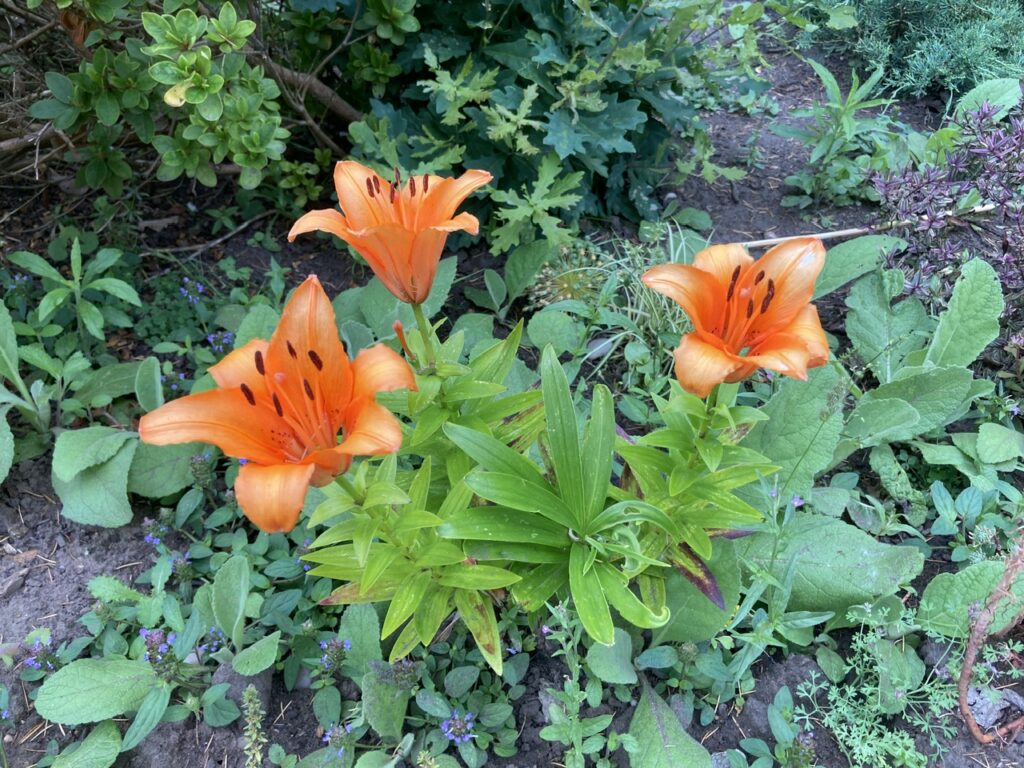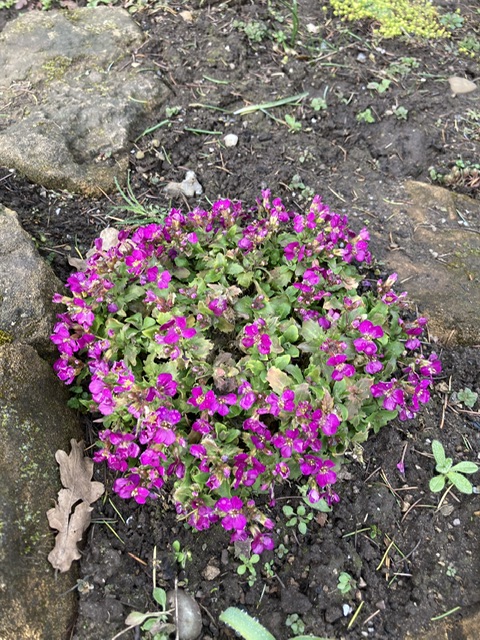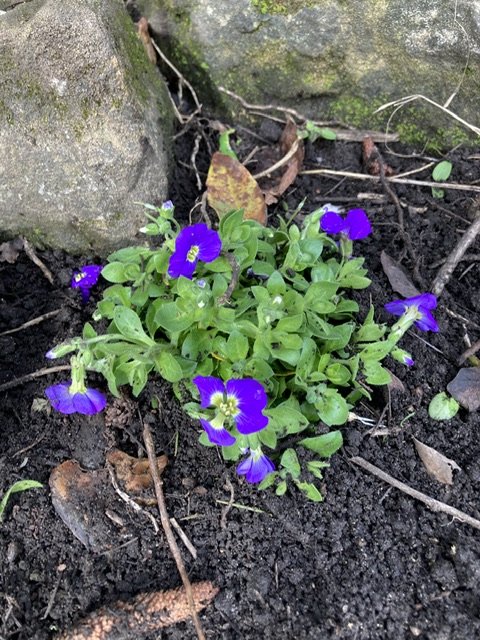
The Formal Garden lies behind Wollaton Hall. It features an upper lawn with a former pond and statues, leading via a terrace wall, balustrade, and steps to a lower lawn primarily planted with Cedar trees. The Long Border stretches along the wall, bookended by the Camellia House on one side and a Low Water Garden on the other. To the Cedar lawn’s left are a Sensory Garden and a Doric Temple, while the Old Rose Garden is to the right, preceding the formal flower beds and Rockery.
Brief History (click to expand)
The gardens have existed since the hall was built in 1588. The garden underwent a significant transformation in 1687, a period of restoration and extension led by Thomas Willoughby, first Lord Middleton, and Cassandra Willoughby. The Siberechts’ 1697 painting (below) offers a clear depiction of the garden at this stage, showing a formal upper lawn with a pond, bordered by an orchard and kitchen garden on lower levels.

The garden’s layout evolved further between 1780 and 1790 when the kitchen garden was moved to the site of the current Walled Garden, and the area by the hall was redesigned as the “Pleasure Garden” we see today, with the addition of the Cedar of Lebanon trees on the lower lawn the Doric structure, and the formal flower beds.

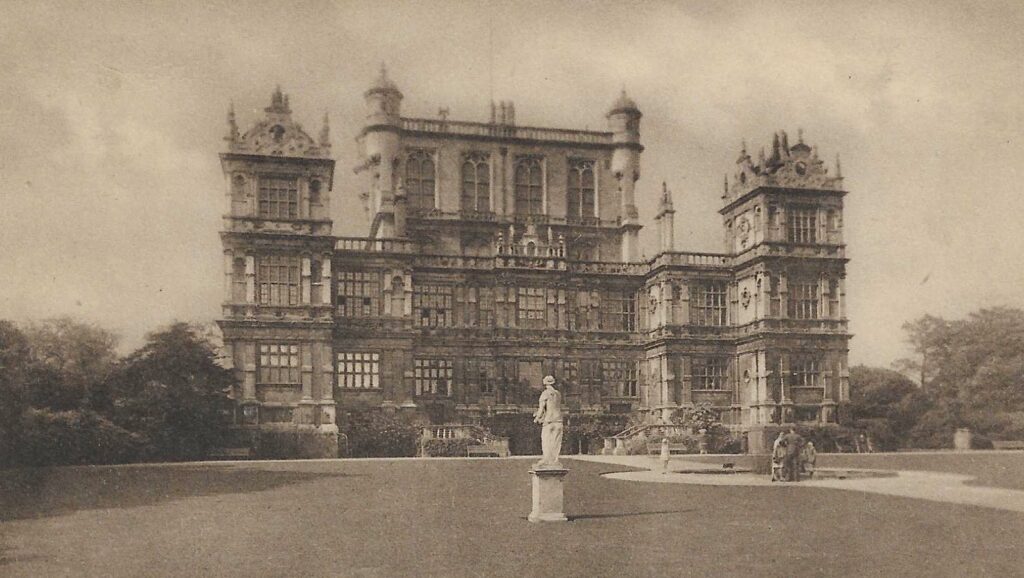
Later additions include the Camellia House in 1823 and the Sensory Garden and Low Water Garden in 1994.
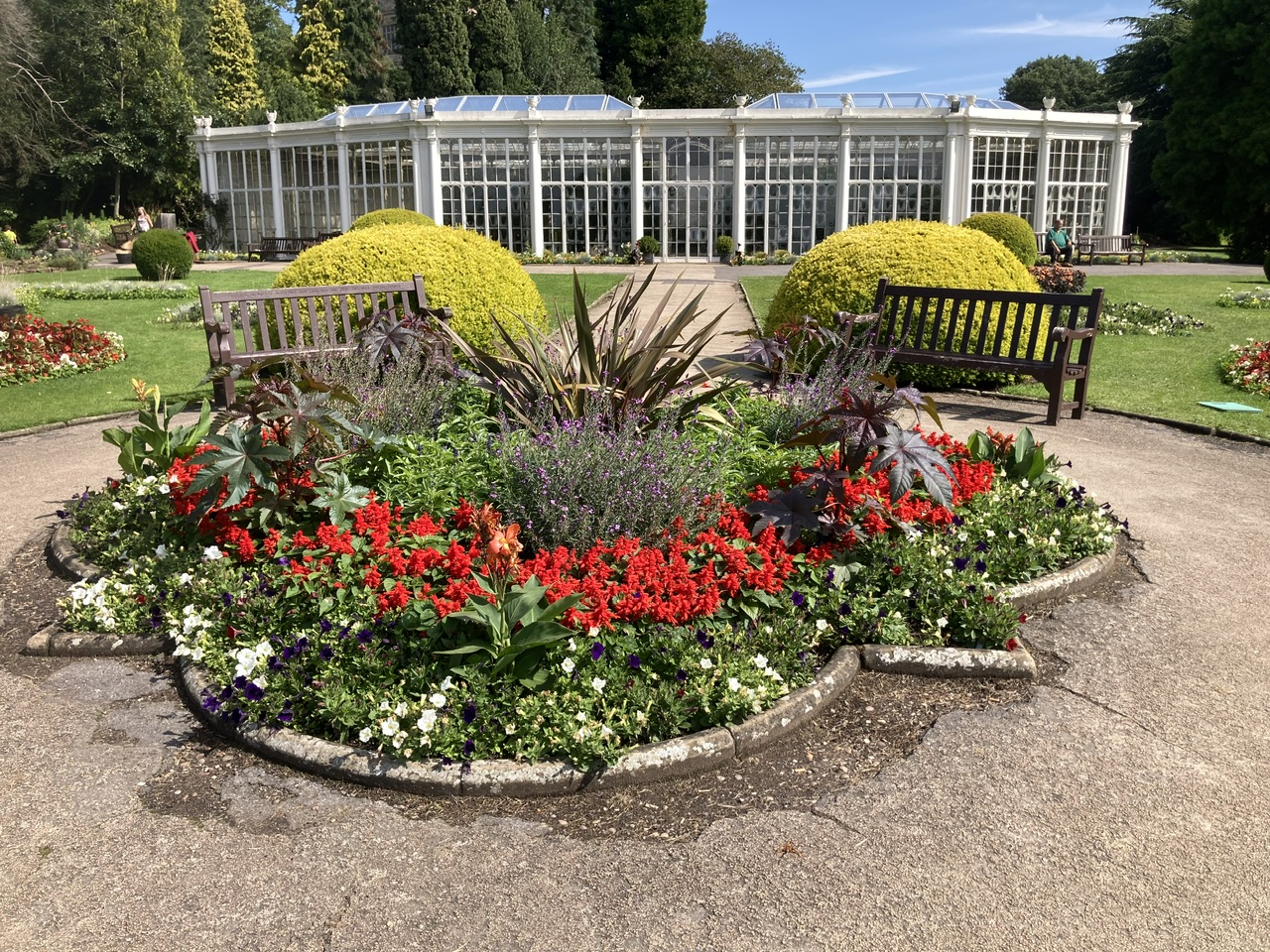
The gardens are maintained by Park Staff supported by a team of volunteers on Wednesday Mornings.
Activities include pruning, planting, weeding, edging and general tidying.
In 2024, volunteers, including Friends of Wollaton Park members, attended more than one Wednesday gardening session, contributing over 1100 volunteer hours.
Formal Flower Beds
There are formal flower beds on the south side of the garden, overlooking the lake, taking various geometric shapes.
In 2025, the planting in the beds shifted away from traditional annual bedding plants towards a more sustainable approach using hardy plants and perennials.
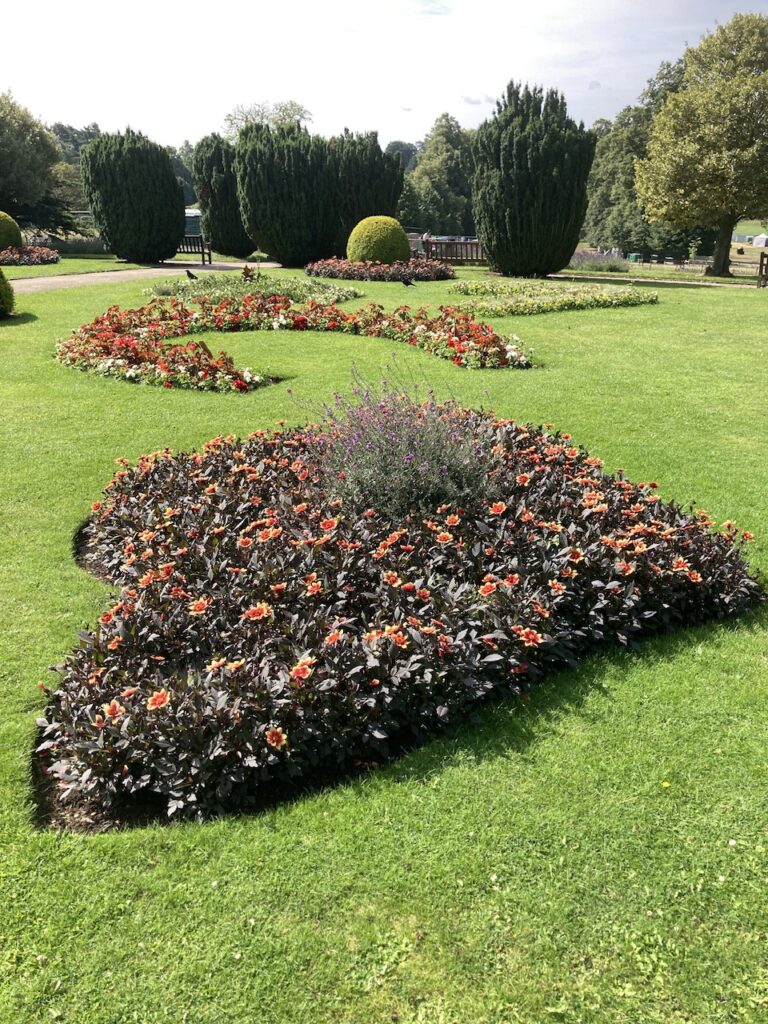
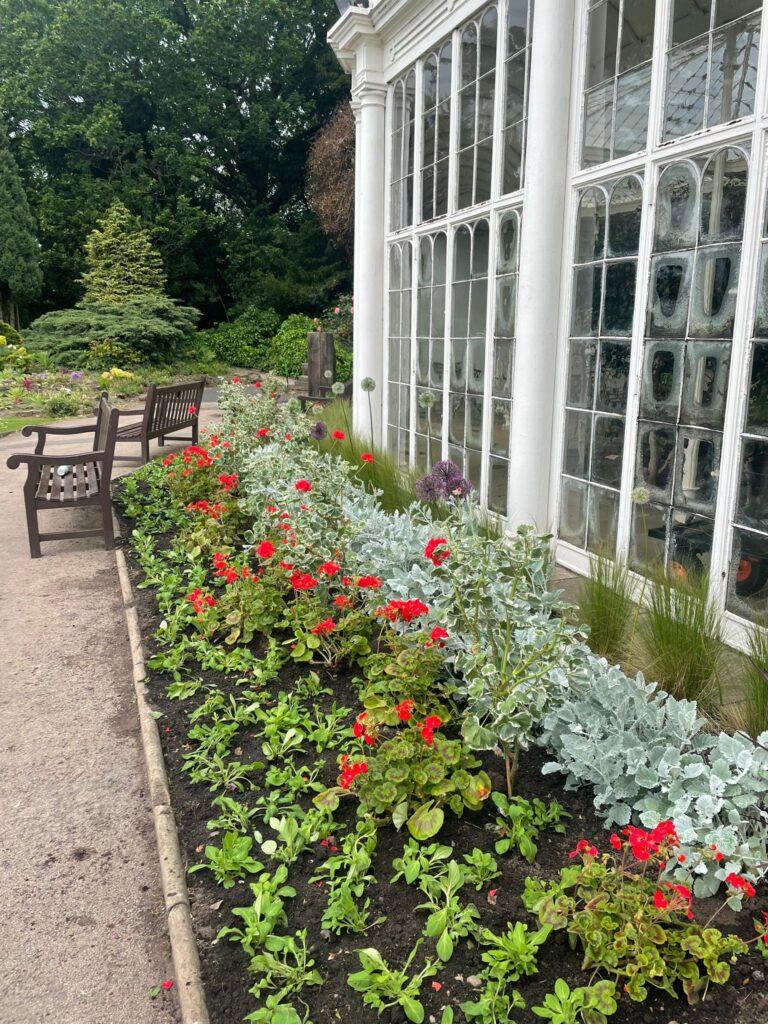
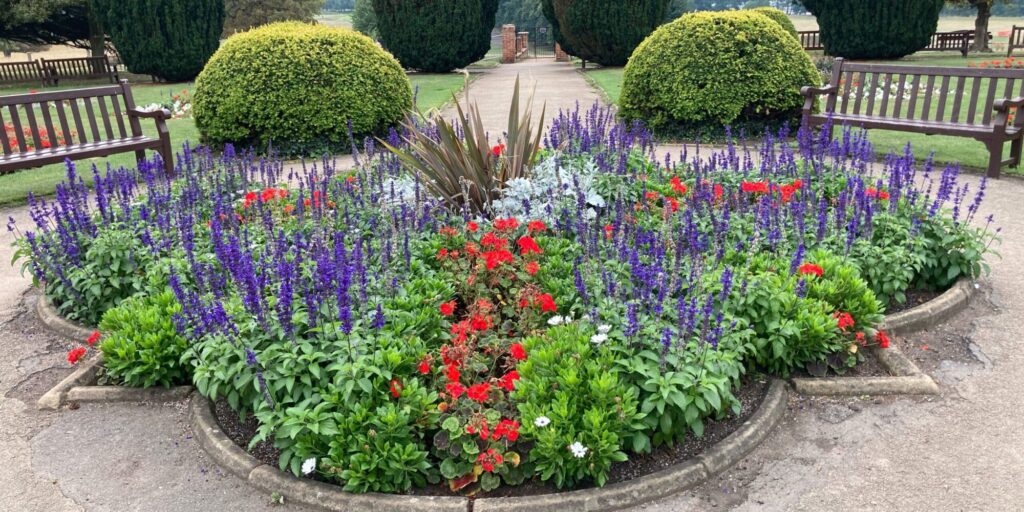
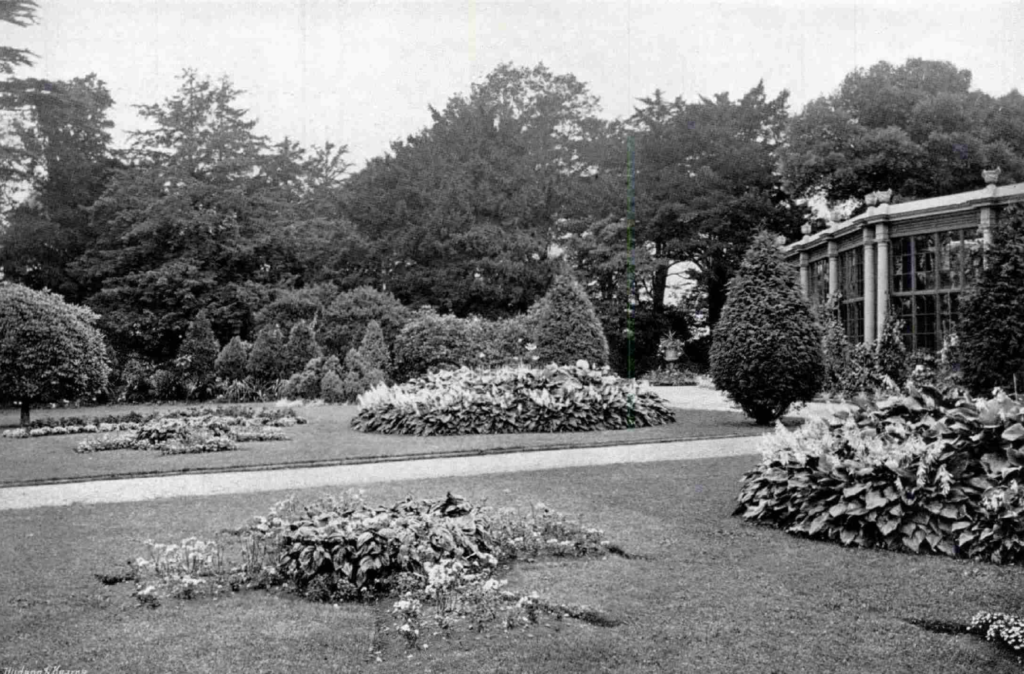


It is reported that the cross-shaped flower beds serve as a memorial to Captain Albert Ball VC, a distinguished ace pilot from Lenton who served with the Royal Flying Corps. Ball survived a crash near Harrison’s Plantation Nature Reserve, north of Wollaton Park, in 1916. He later died in action in France in 1917 with a record of 46 combat victories. His bravery earned him the prestigious Victoria Cross, further symbolised by the adjacent “V” and “C” shaped flower beds. However, the 1900 photos show the cross and “C” flowers beds, so the provenance of the story is uncertain.
The Old Rose Garden…
Thought to have been established about 1850. It was once a rose garden, but now it is unsuitable for roses due to the shade created by the growth of the Cedar trees.
Currently planted with bee and butterfly friendly plants as well as dahlias for autumn colour.

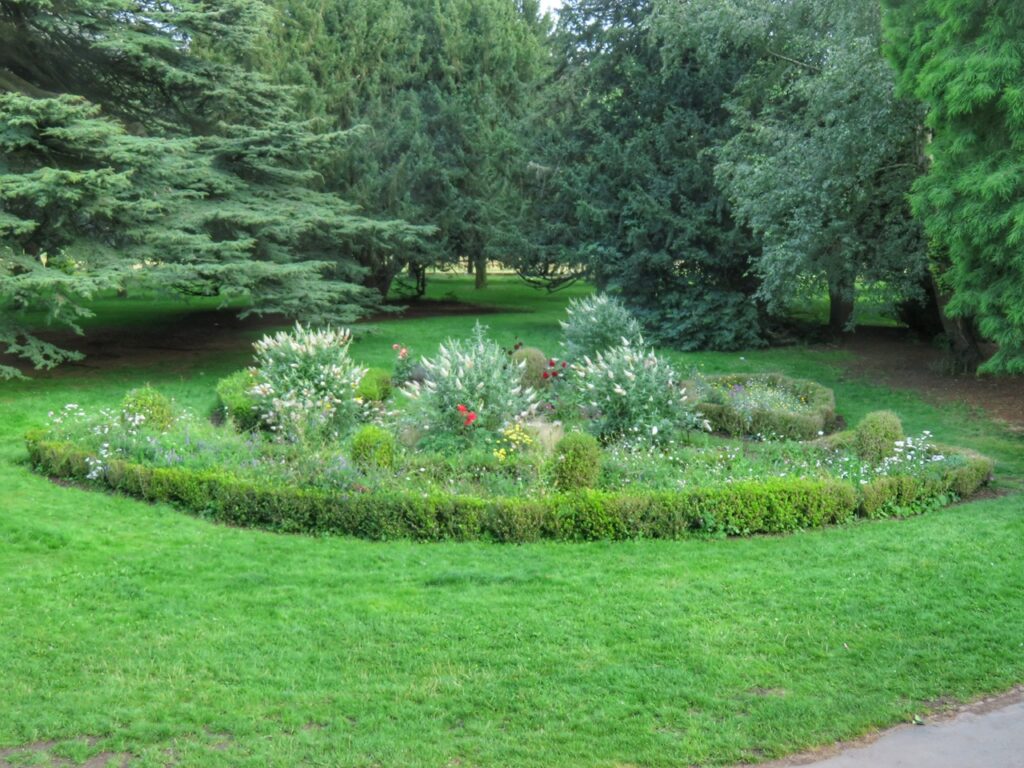


Sensory Garden
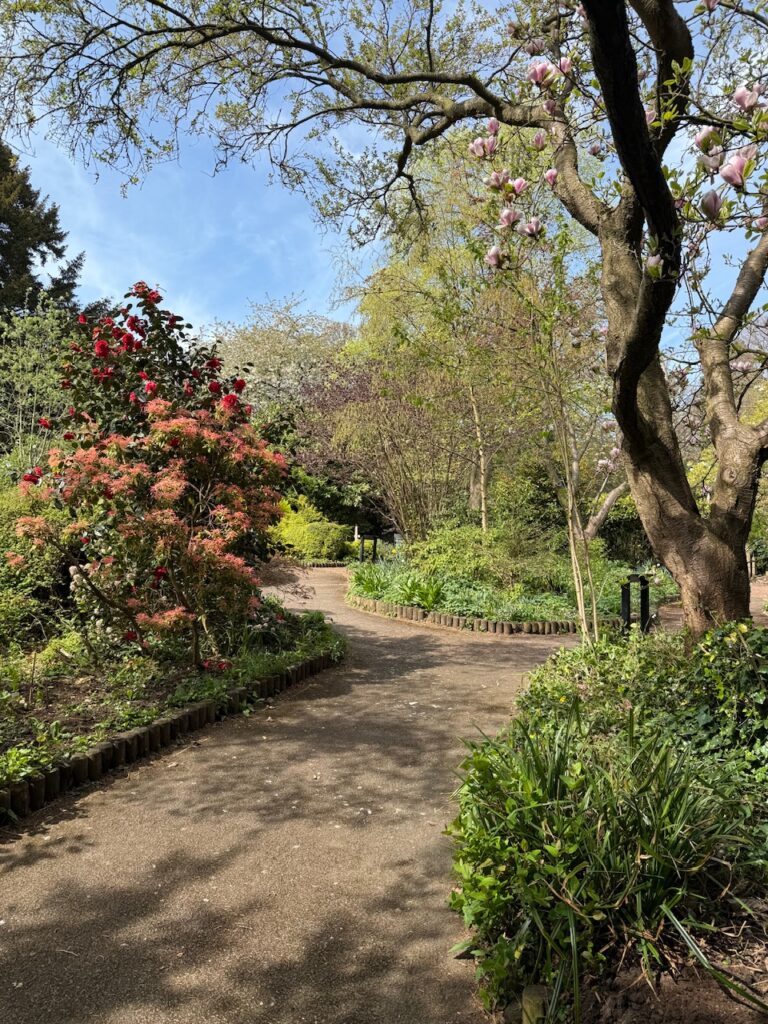
Within the Formal Garden, there is a Sensory Garden maintained by volunteers.
Low Water Garden
Originally part of the Long Border, the Low Water Garden was developed alongside the Sensory Garden in the mid-1990s. It was intentionally created to exemplify ecological planting practices that minimise water consumption.
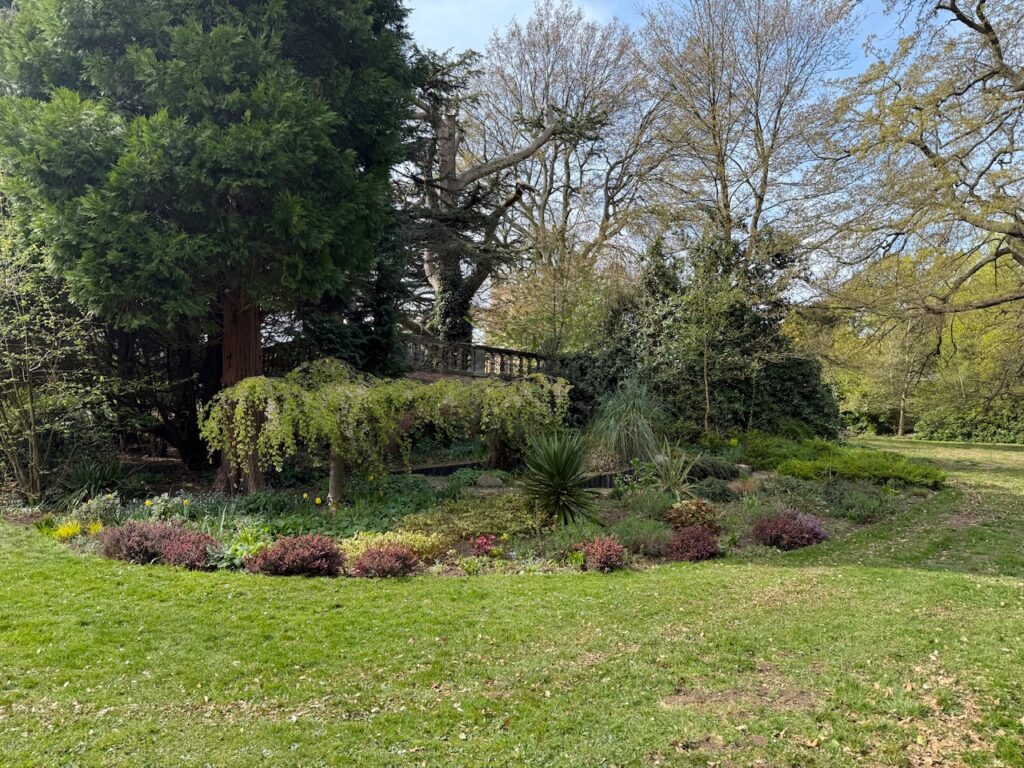
Balustrade and Steps
Separating the upper lawn and lower levels of the garden is a grade II listed terrace wall, balustrade and steps. While the terrace balustrade echoes the style seen in the 1697 Siberechts’ paintings, it is believed to have been reconstructed around 1780 as part of the garden redesign.




Rockery
The Rockery was added to the garden in about 1980. By 2022, it had become overgrown. Between 2022 and 2023, volunteer efforts involved resetting the rocks and replanting the area.
Prior to being a rockery, the area was planted with Rhododendrons.

Gardening Blog
- Sustainable Planting - The Old Rose Garden and Formal Beds have been replanted this spring with a focus on ecological sustainability
- A Little Sprinkle - The previously malfunctioning automated sprinkler system in the formal garden has been largely brought back into service.
- Stumpery - Using a fallen tree to create a stumpery in the Formal Garden.
- Winter Gardening - The Formal Garden has undergone a significant transformation this winter...
- Old Rose Garden - The old rose garden has undergone a significant transformation. The Box hedging, which had been decimated by box tree caterpillars,…
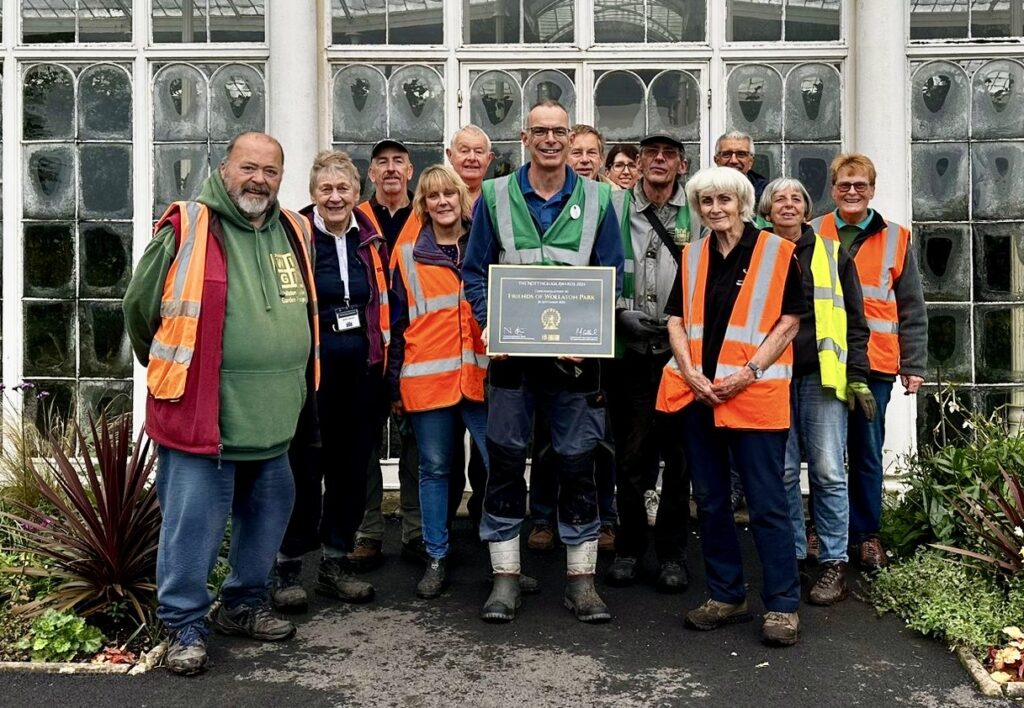

Questions or Queries?
Copyright © for each picture remains with the original artist, who is duly acknowledged and credited for each image.
The 1900 images from Country Life are reproduced, with permission from Country Life.
Other historic images copyright is believed to have expired.

